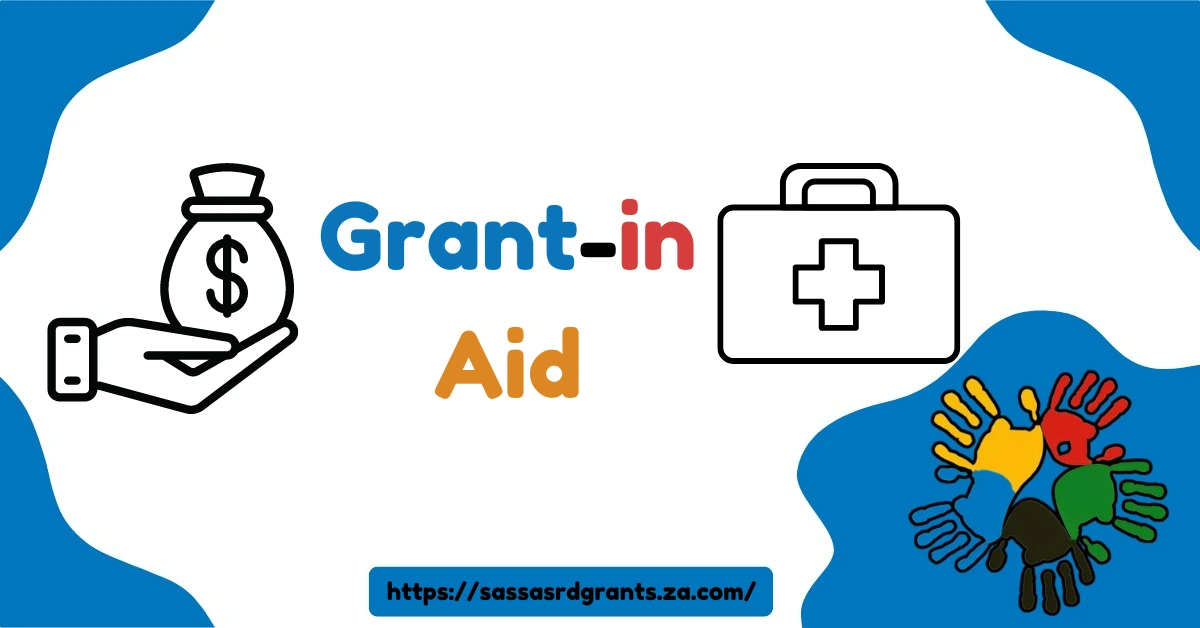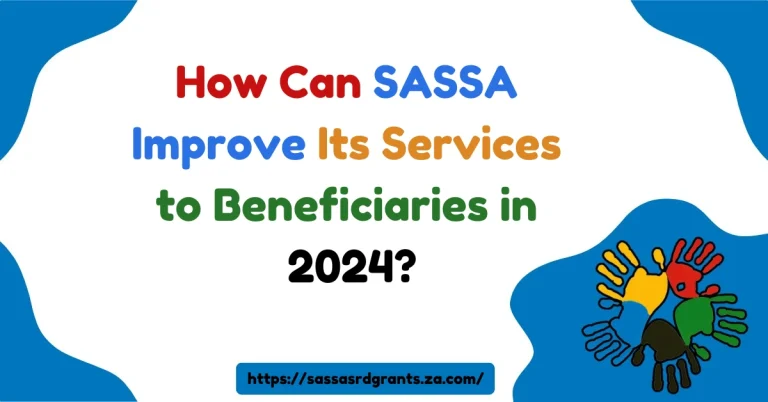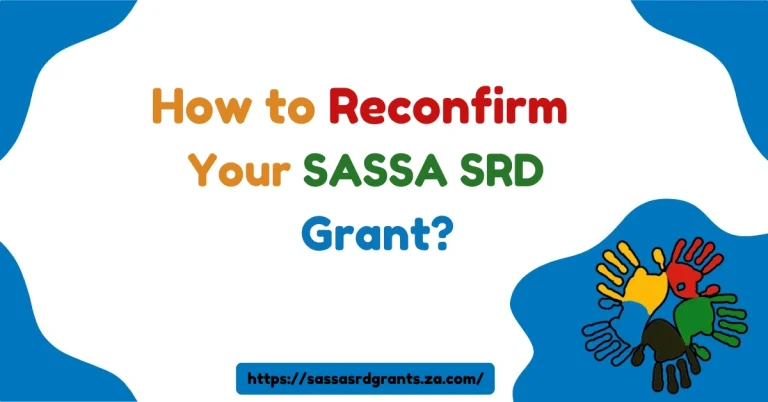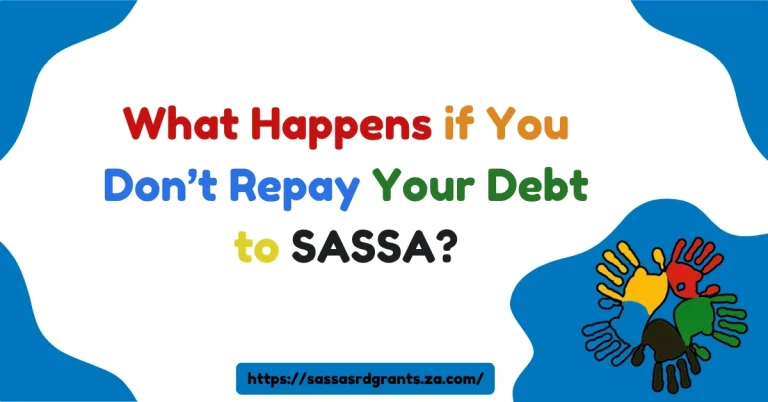Grant-in-Aid
Grant-in-Aid: A Comprehensive Guide to Understanding and Applying for Support
As someone navigating life with a condition that requires full-time care, I know how important it is to find support. The grant-in-aid is a government financial aid program specifically designed to provide relief to those who need constant care due to age, disability, or war veteran status.
This extra assistance is essential for improving quality of life and easing financial burdens. In this article, we’ll break down what a grant-in-aid is, who qualifies for it, how to apply, and what to expect from the process.
[sassa_status]
Grant-in-Aid(Quick Answer)
A grant-in-aid is a government-provided financial assistance for individuals who need full-time care due to age, disability, or war veteran status. It supplements existing grants like the old age, disability, or war veteran’s grant. Eligibility requires a valid medical report proving the need for constant care. The application is processed through SASSA, and payments are made directly to the beneficiary, not the caregiver.
What is a Grant-in-Aid?
A grant-in-aid is a supplementary monthly payment offered by the government to individuals who need full-time care due to their inability to care for themselves.
This financial aid is designed to cover the additional costs that come with needing constant assistance from another person.
However, this grant is not available as a standalone benefit; it must be tied to an existing grant, such as an old age grant, disability grant, or war veteran’s grant.
Importantly, if you live in a state-subsidized institution, you won’t be eligible for the grant-in-aid. The reasoning behind this is that such institutions already provide the full-time care the grant aims to cover.
Therefore, those living in private residences or with family caregivers are typically the ones who benefit from this additional aid.
Eligibility Requirements for a Grant-in-Aid
Before applying for a grant-in-aid, there are several eligibility requirements that you must meet. The basic rules mirror the conditions of the main grant you are already receiving, whether it’s an old age, disability, or war veteran’s grant.
Additionally, you will need to present a medical report or assessment report confirming that you require full-time care.
This report must be less than three months old and can come from either a private or state doctor, giving you the flexibility to choose your healthcare provider.
You can apply for the grant-in-aid at the same time as your main grant, ensuring that the process is streamlined.
However, remember that it’s crucial to provide the necessary documents, particularly the medical report, to avoid delays in processing your application.
How Much is the Grant-in-Aid?
The amount provided through the grant-in-aid changes each year. As of 2016, the monthly payment was R350. Since the grant-in-aid is tied to inflation and other economic factors, it’s important to check the latest information.
You can do this by contacting your nearest SASSA (South African Social Security Agency) office for updated figures.
It’s worth noting that the money is paid directly to the beneficiary and not to a caregiver or third party. This ensures that the recipient maintains control over the financial aid provided.
How to Apply for the Grant-in-Aid
Applying for a grant-in-aid is a relatively straightforward process. To start, you’ll need to visit your nearest SASSA office or a regional counter service point. The application is free, so there are no upfront costs or hidden fees to worry about.
During the application process, you will be required to:
- Complete an application form.
- Provide your South African identity document (ID).
- Submit your recent medical assessment report.
- Supply information about your marital status (e.g., marriage certificate, divorce order, or death certificate of a spouse if applicable).
If you are unable to visit the SASSA office in person, you can have a family member or friend bring a letter from you, along with a doctor’s note explaining why you cannot attend.
In some cases, SASSA may arrange a home visit to assist with the application.
When applying, you’ll also need to specify how you’d like the money to be paid out. Options include cash collection at a designated pay point or having the money electronically deposited into your bank account. Keep in mind that regular bank charges may apply, so factor this into your decision.
What Happens After You Apply?
Once your application is submitted, it typically takes about 30 working days to process. During this period, SASSA will verify your documents and medical report to determine whether you qualify for the grant-in-aid.
If your application is approved, you’ll receive your first payment within three months. The payments will also be backdated to the day you initially applied for the grant, ensuring you don’t miss out on any financial assistance.
In case your application is denied, SASSA will send you a letter explaining the reason for the refusal. They will also provide information on how you can appeal the decision if you believe you still qualify for the grant.
Situations Where the Grant-in-Aid Will Be Stopped
While the grant-in-aid is designed to provide long-term financial assistance, there are specific situations where payments will be halted. These include:
- No longer requiring full-time care.
- If the recipient passes away.
- Admission into a state-subsidized institution.
- If the recipient’s income or assets increase significantly, surpassing the means test requirements.
Being aware of these conditions is crucial so you can avoid any unexpected interruptions in your financial assistance.
Frequently Asked Question (FAQs)
Q: How long does it take to receive the grant-in-aid after applying?
A: It usually takes about 30 working days to process the application, with payments starting within three months if approved.
Q: Can someone else apply on my behalf?
A: Yes, if you cannot visit the SASSA office yourself, a friend or family member can assist, provided they bring a letter from you and a doctor’s note.
Q: Will the grant-in-aid be paid directly to my caregiver?
A: No, the grant is paid directly to the beneficiary, not to any third party.
Q: Can I receive the grant-in-aid if I live in a state-subsidized institution?
A: No, the grant is only available to those living outside of state institutions as they already provide full-time care.
General Enquiries and Additional Resources
If you have any further questions about the grant-in-aid, you can contact SASSA through their toll-free helpline: 0800 601 011.
They can assist with questions related to pay-out dates, qualifying rules, or the status of your application. You can also report any fraud or corruption linked to social grants through this number.
Conclusion
The grant-in-aid offers much-needed financial support for individuals who require full-time care. By following the simple application process and ensuring you meet the necessary eligibility requirements, you can receive this vital assistance to help ease the costs of caregiving.
Remember to stay informed about the latest changes in grant amounts and eligibility rules by staying in touch with SASSA or checking their official publications.






